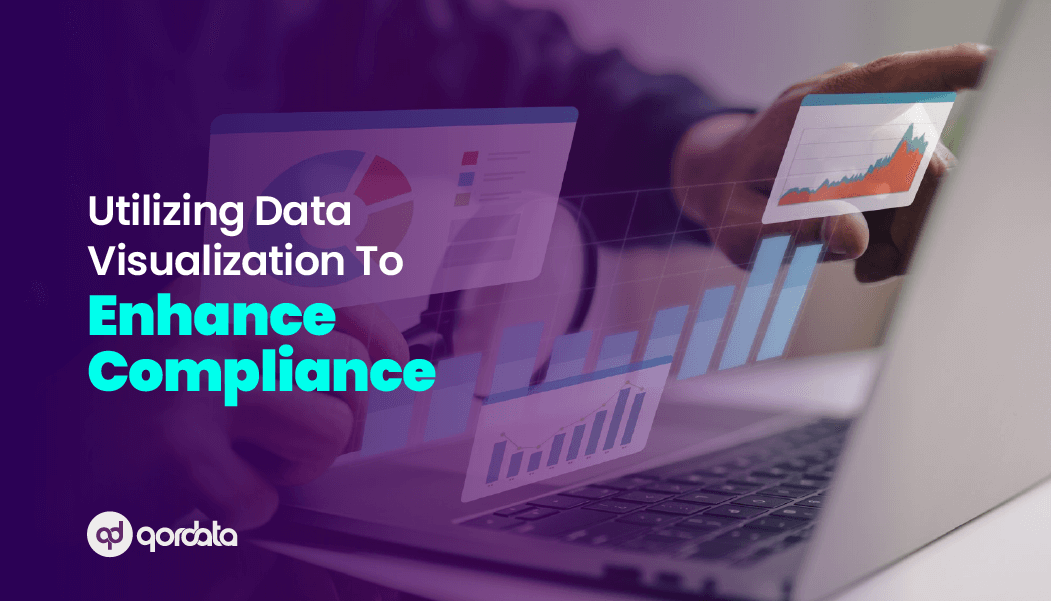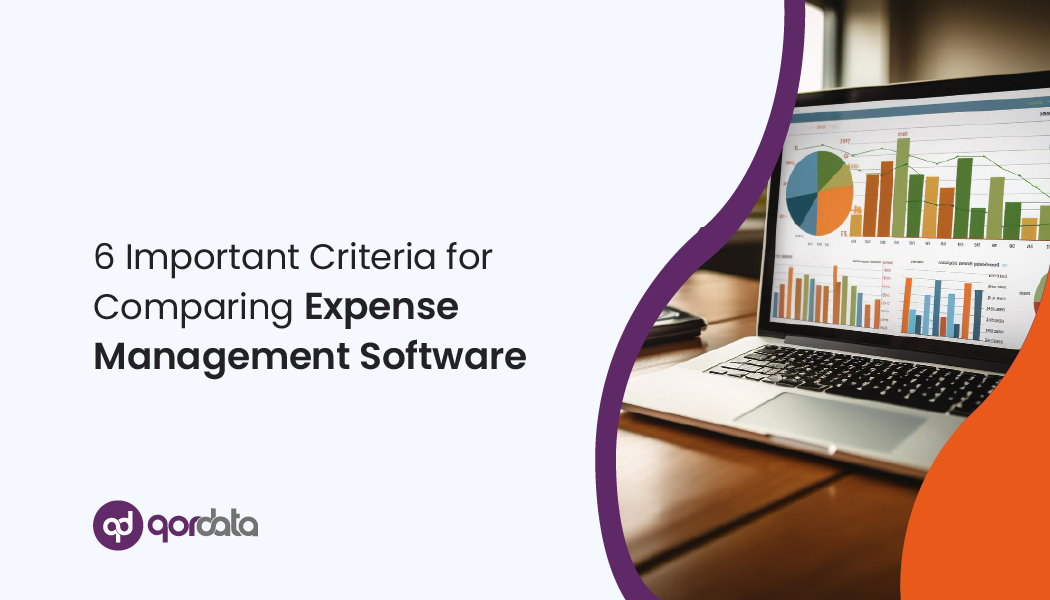In today’s intricate regulatory environment, compliance isn’t just a requirement—it’s a dynamic challenge that demands a data-driven compliance solution. This article explores the transformative power of data in monitoring regulatory compliance within organizations.
From adhering to stringent regulations such as the anti-kickback statute to OIG’s special fraud alert to identifying key risk areas within the organization to reduce compliance violations, the stakes are high, and leveraging data becomes indispensable in navigating these complexities.
Leveraging data as a pivotal strategy ensures compliance and augments the compliance program’s efficiency and accuracy. Integrating data analytics, technology, and proactive monitoring techniques has redefined how organizations approach regulatory compliance.
Harnessing data-driven methodologies offers a comprehensive and proactive means to meet regulatory obligations and anticipate changes, identify potential risks, and adapt swiftly to evolving compliance mandates.
What Is Regulatory Compliance?
Regulatory compliance in the life sciences industry is a complex and ever-evolving field that encompasses a wide range of laws, regulations, and guidelines that govern the ethical conduct, third-party engagements, marketing, and sale of medical products, including pharmaceuticals, medical devices, and biologics. The primary goal of regulatory compliance is to protect public health and safety by ensuring that medical products are marketed and sold safely and ethically.
Life sciences companies must adhere to a variety of regulatory requirements at the federal and state levels. These requirements can be broadly categorized into the following areas:
- Advertising and promotion: Companies must ensure their advertising and promotional materials are truthful, balanced, and non-misleading. They must also avoid making unsubstantiated claims about the safety or efficacy of their products.
- Off-label promotion: Companies are prohibited from promoting their products for unapproved uses or for uses not supported by the product’s labeling.
- Interactions with healthcare professionals (HCPs): Companies must have policies and procedures in place to ensure that their interactions with HCPs are appropriate and do not constitute bribery or kickbacks.
- Pricing and reimbursement: Companies must comply with a variety of pricing and reimbursement regulations, such as those governing Medicare and Medicaid.
Failure to comply with regulatory compliance requirements can have serious consequences for life sciences companies, including:
- Regulatory sanctions: Companies may be fined or even shut down if they are found to be in violation of regulations.
- Product recalls: Companies may be forced to recall their products if they are found to be unsafe or ineffective.
- Litigation: Companies may be sued by patients or healthcare providers if their products cause harm.
Data as a Transformative Tool for Regulatory Compliance
Data analytics, a key component of data-driven compliance, is crucial in uncovering hidden patterns and trends within an organization’s compliance activities.
Organizations can gain a comprehensive understanding of their compliance posture by analyzing data from various sources, such as internal systems, external datasets, and real-time operational data.
This deep understanding enables them to proactively identify potential non-compliance issues before they escalate into costly penalties or reputational damage. Data-driven tools, powered by advanced algorithms and artificial intelligence capabilities, further enhance the effectiveness of data-driven compliance.
These tools can automate repetitive compliance tasks, reducing the manual burden on compliance teams and freeing up their time to focus on more strategic initiatives.
Additionally, data-driven tools can continuously monitor compliance metrics and provide real-time alerts when deviations from compliance standards are detected, enabling organizations to take immediate corrective actions.
The transformative potential of data for regulatory compliance extends beyond simply identifying and mitigating risks. Organizations embracing data-driven compliance can also optimize their compliance processes, increasing efficiency, risk identification, and reducing costs.
By leveraging data analytics to streamline workflows and automate manual tasks, organizations can streamline their compliance efforts, freeing up resources and reducing administrative expenses.
Moreover, data-driven compliance can enhance an organization’s overall risk management framework. By integrating compliance data into their risk management strategies, organizations can gain a holistic view of their risk profile, enabling them to make informed decisions about resource allocation and risk mitigation strategies.
This integrated approach improves compliance outcomes and strengthens an organization’s overall resilience and ability to adapt to changing regulatory requirements.
Harnessing Data for Effective Regulatory Compliance Monitoring
Traditional methods of regulatory monitoring, often relying on manual reviews and paper-based records, are becoming increasingly outdated and inefficient. This is where data emerges as a powerful tool for streamlining regulatory compliance efforts and enhancing risk management.
Data-driven regulatory monitoring involves leveraging vast amounts of data generated within an organization to gain insights into potential compliance risks and proactively address them.
By collecting, analyzing, and visualizing data from various sources, organizations can identify patterns, anomalies, and trends that may indicate non-compliance issues. This data-centric approach enables organizations to shift from a reactive to a proactive stance in managing regulatory risks.
Here are some key ways in which data can be harnessed for regulatory monitoring:
- Identifying Potential Risks: Data analytics can be used to identify patterns and anomalies in various data sets, such as financial transactions, customer interactions, and employee activities. These patterns may indicate potential violations of regulations or emerging compliance risks that require further investigation.
- Real-Time Monitoring: Organizations can establish real-time data monitoring systems to track compliance-related activities and detect non-compliant behavior in real-time. This allows for immediate intervention and corrective actions to prevent regulatory violations.
- Predictive Analytics: Advanced data analytics techniques, such as machine learning, can be employed to build predictive models that forecast future compliance risks. These models can help organizations prioritize their efforts and allocate resources effectively to address the most critical risks.
- Regulatory Intelligence: Data can be aggregated from various sources, including internal systems, external databases, and social media platforms, to create a comprehensive regulatory intelligence dashboard. This dashboard provides a centralized view of all compliance-related information, enabling organizations to make informed decisions and stay up to date with the latest regulatory changes.
- Compliance Automation: Data automation tools can be used to streamline repetitive compliance tasks, such as generating compliance reports, tracking regulatory deadlines, and managing compliance documentation. This frees up time for compliance personnel to focus on more strategic initiatives.
By harnessing the power of data, organizations can achieve several benefits in their regulatory monitoring efforts:
- Enhanced Compliance: Data-driven regulatory monitoring helps organizations identify and address potential compliance issues early on, reducing the risk of regulatory penalties and legal disputes.
- Reduced Costs: Automating compliance tasks and streamlining processes can significantly reduce the costs associated with regulatory compliance, freeing up resources for other business priorities.
- Improved Risk Management: Data-driven insights enable organizations to proactively identify and mitigate emerging compliance risks, preventing them from escalating into major issues.
- Increased Efficiency: Data-driven regulatory monitoring streamlines compliance processes, allowing organizations to operate more efficiently and effectively.
- Better Decision-Making: Data-driven insights provide a solid foundation for informed decision-making regarding regulatory compliance, ensuring that organizations remain compliant and protect their reputation.
Strategies for Implementing Data-Driven Regulatory Monitoring in the Life Sciences Industry
The foundation of effective data-driven regulatory monitoring lies in identifying and accessing all relevant data sources. These sources encompass a vast spectrum of information, including:
- Compliance data: This data encompasses the comprehensive collection of records, documentation, and evidence that demonstrates a life sciences company’s adherence to regulatory requirements and guidelines. It serves as the backbone of a robust regulatory monitoring system, providing insights into compliance gaps, potential risks, and areas for improvement.
- Product development data: This data encompasses the extensive documentation and records generated throughout the product development lifecycle, from conception to market launch. It includes information on product design, manufacturing processes, quality control measures, and preclinical testing results.
- Regulatory filings: These filings, submitted to regulatory agencies such as the CMS, provide detailed information about the commercial conduct of the company. It serves as a crucial source of regulatory compliance data.
Establish Data Governance
Data governance is the cornerstone of a robust data-driven regulatory monitoring system. It involves implementing clear policies and procedures to ensure the quality, consistency, and security of the data. These policies should address:
- Data quality: This includes ensuring the accuracy, completeness, and relevance of the data. Data quality measures, such as data validation and verification processes, should be in place to maintain data integrity.
- Data consistency: This involves ensuring that data is consistent across different sources and formats. Data standardization and harmonization procedures should be established to ensure uniformity.
- Data security: This encompasses protecting the data from unauthorized access, use, disclosure, disruption, modification, or destruction. Data security measures, such as encryption, access controls, and data breach prevention strategies, should be implemented to safeguard sensitive information.
Utilizing a Compliance Monitoring Solution
A robust compliance monitoring solution empowers life sciences companies to proactively identify and address potential compliance issues, safeguard reputation, maintain public trust, and avoid costly regulatory sanctions.
- Real-time monitoring: Continuously monitor compliance activities and receive real-time alerts to potential issues, enabling prompt corrective action.
- Centralized data repository: Consolidate compliance data from various sources into a single, centralized platform for easy access and analysis.
- Streamlined workflows: Automate manual tasks, such as data collection, reporting, and tracking, to improve efficiency and free up time for strategic compliance initiatives.
- Analyze compliance data: Data analytics techniques, such as statistical analysis, machine learning, and natural language processing, are employed to extract meaningful patterns, trends, and anomalies from the data.
- Generate reports and dashboards: Data visualizations, such as charts, graphs, and dashboards, are created to communicate insights effectively to stakeholders. These visualizations provide a clear and concise overview of compliance trends and potential risks.
Build a Data-Driven Culture
Fostering a data-driven culture within the organization is essential for maximizing the benefits of data-driven regulatory monitoring. This culture should encourage:
- Data literacy: Employees should be equipped with the knowledge and skills to understand, interpret, and utilize data effectively.
- Data-driven decision-making: Data should be integrated into decision-making processes at all levels of the organization.
- Collaboration and communication: Data should be shared and discussed openly to promote collaboration and knowledge sharing.
- Continuous learning: The organization should foster a culture of continuous learning, encouraging employees to stay up to date on data analytics techniques and best practices.
Conclusion
The transformative power of data in monitoring regulatory compliance within life sciences organizations cannot be overstated. In an evolving regulatory landscape, leveraging data is imperative to ensuring adherence to laws and guidelines.
By integrating data-driven compliance monitoring solutions, compliance professionals can proactively monitor key risk areas, identify and remediate risks before they escalate to critical levels, and redefine their approach to regulatory compliance.
Even though implementing data-driven regulatory monitoring involves identifying and accessing relevant data sources, establishing data governance, and utilizing a robust compliance monitoring solution – the outcome augments the capabilities of your compliance program to ensure regulatory adherence.
Real-time monitoring, centralized data repositories, streamlined workflows, and data analytics techniques contribute to an effective compliance strategy. By following the steps mentioned in this article, life sciences companies can harness the power of data to achieve comprehensive regulatory monitoring, enhance compliance, and ultimately safeguard their organization from business-critical risks.



